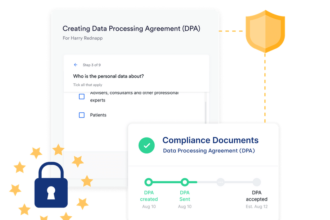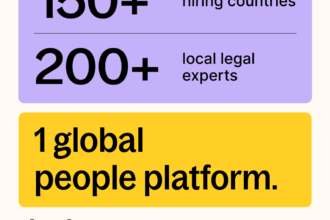Managing payroll taxes across multiple countries is one of the most challenging aspects of global expansion. Each country has unique tax laws, social security requirements, and employer obligations that businesses must adhere to. Failure to comply with these regulations can result in hefty fines, legal consequences, and operational disruptions.
In this guide, we’ll explore how businesses can navigate payroll tax regulations in over 160 countries, ensuring compliance and efficiency in global payroll management.
Key Payroll Tax Challenges in Global Expansion
1. Varying Tax Structures Across Countries
Each country has different income tax brackets, corporate tax rates, and deductions. Companies must understand how payroll taxes are structured in each location where they employ workers.
2. Social Security and Employee Benefits Contributions
Employers are often required to contribute to social security, healthcare, pensions, and other statutory benefits. Understanding mandatory employer contributions is crucial to avoid underpayment or non-compliance.
3. Payroll Reporting and Filing Deadlines
Different countries have monthly, quarterly, or annual payroll tax filing requirements. Missing deadlines can lead to penalties and compliance issues.
4. Double Taxation and Tax Treaties
For businesses with employees working across borders, double taxation agreements (DTAs) can impact payroll tax obligations. Employers need to understand how to leverage tax treaties to reduce tax burdens for expatriates.
5. Currency Exchange and Payment Complexities
Paying employees in different currencies adds another layer of complexity to payroll tax compliance. Companies must manage currency fluctuations, banking regulations, and international payment processing while ensuring accurate tax deductions.
How to Navigate Payroll Tax Compliance in 160+ Countries
1. Partner with a Global Payroll Provider or EOR
Using a Global Payroll provider or Employer of Record (EOR) ensures tax compliance in multiple countries by automating payroll calculations, tax filings, and social contributions.
2. Leverage Payroll Tax Software
Advanced payroll tax software can help businesses track tax rates, automate deductions, and generate compliance reports for each jurisdiction.
3. Stay Updated on Local Payroll Regulations
Payroll tax laws frequently change. Businesses must monitor regulatory updates or work with local tax experts to remain compliant.
4. Implement a Centralized Payroll System
A unified payroll system allows companies to manage payroll across multiple countries from a single platform, ensuring consistency and accuracy.
5. Work with Local Tax Consultants
Consulting with local tax experts helps businesses understand country-specific requirements, exemptions, and employer obligations.
Conclusion
Managing payroll tax regulations in over 160 countries is complex, but with the right strategies—such as partnering with an EOR, using payroll automation tools, and working with local tax professionals—businesses can ensure compliance and avoid financial risks.
By proactively addressing global payroll challenges, companies can focus on expansion while maintaining smooth payroll operations across borders.






